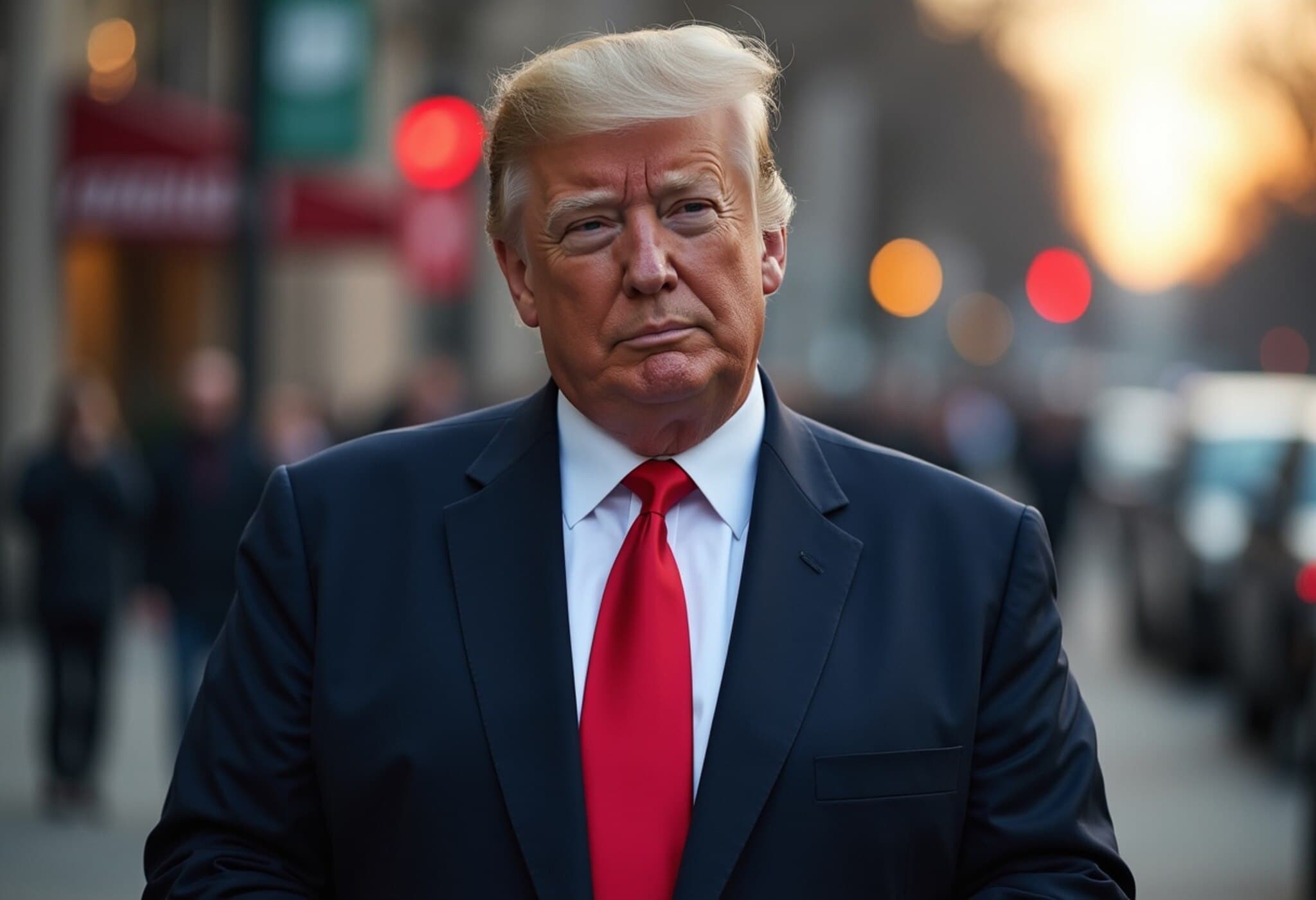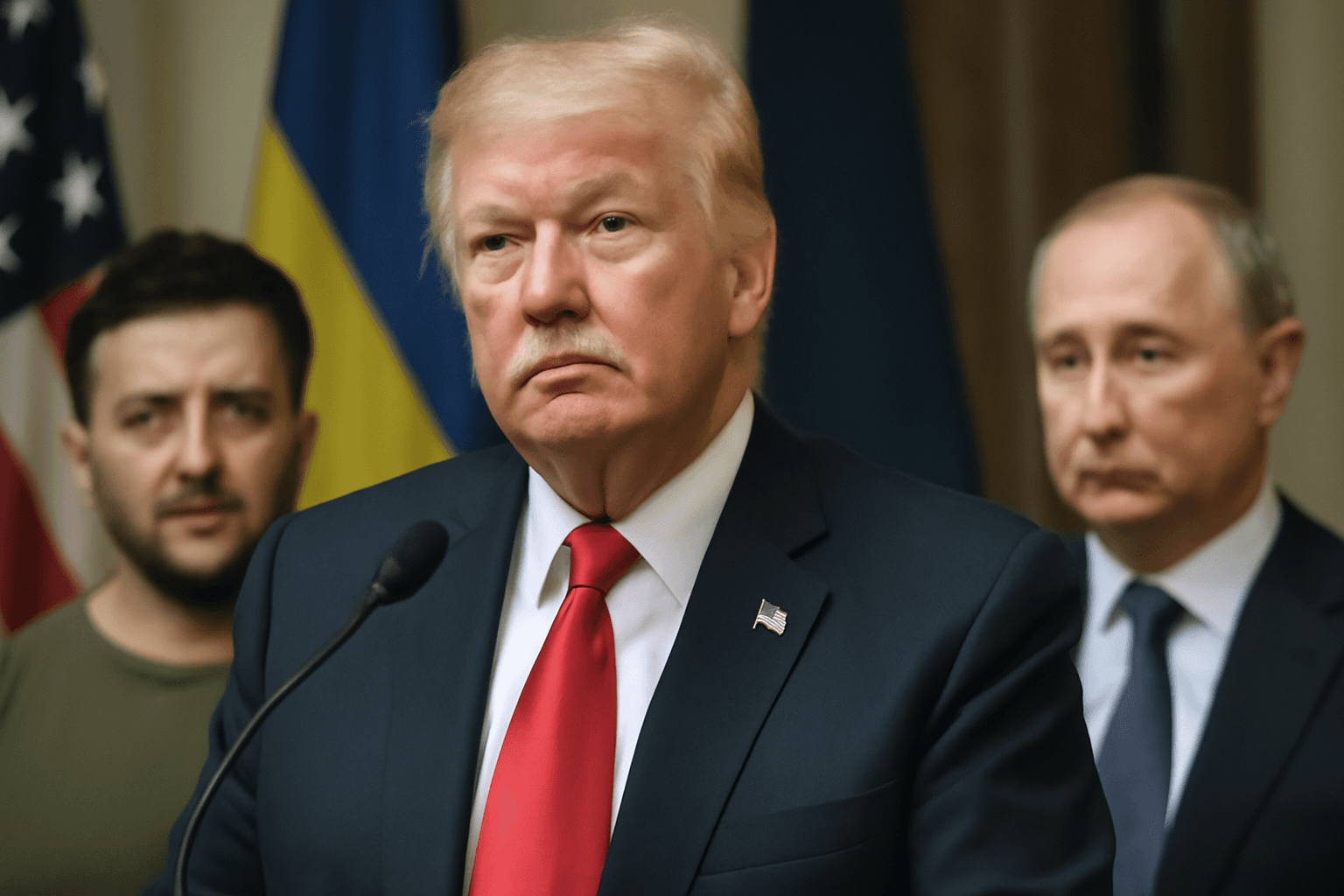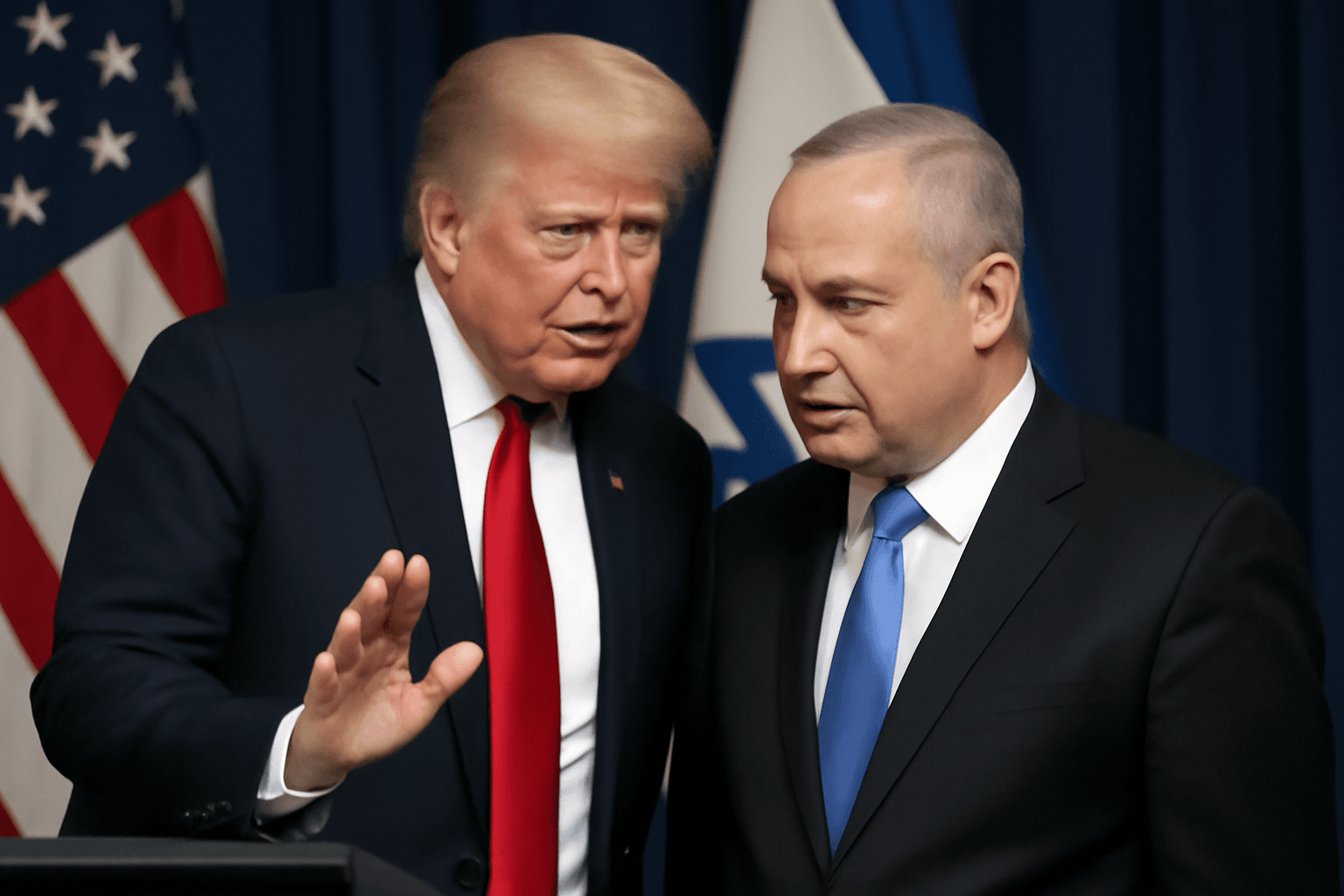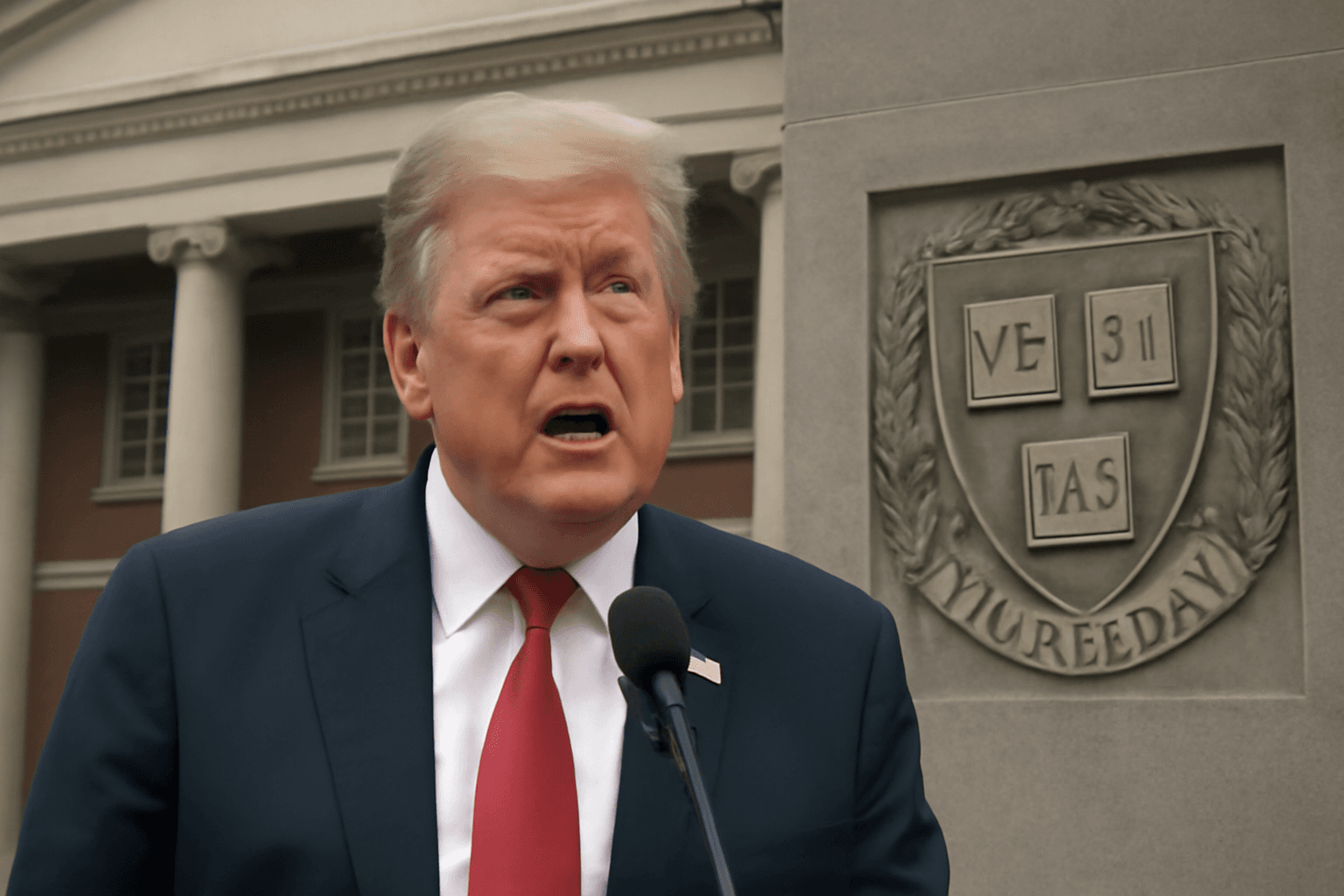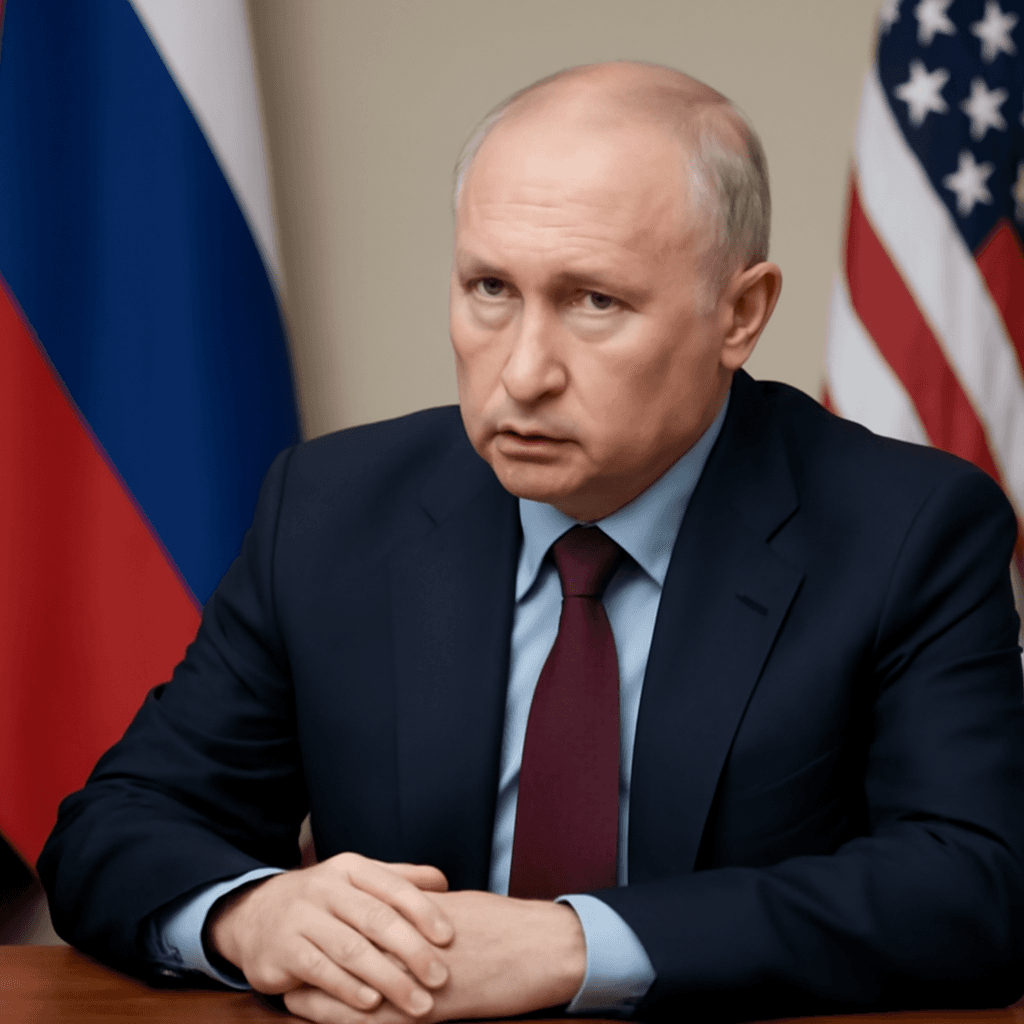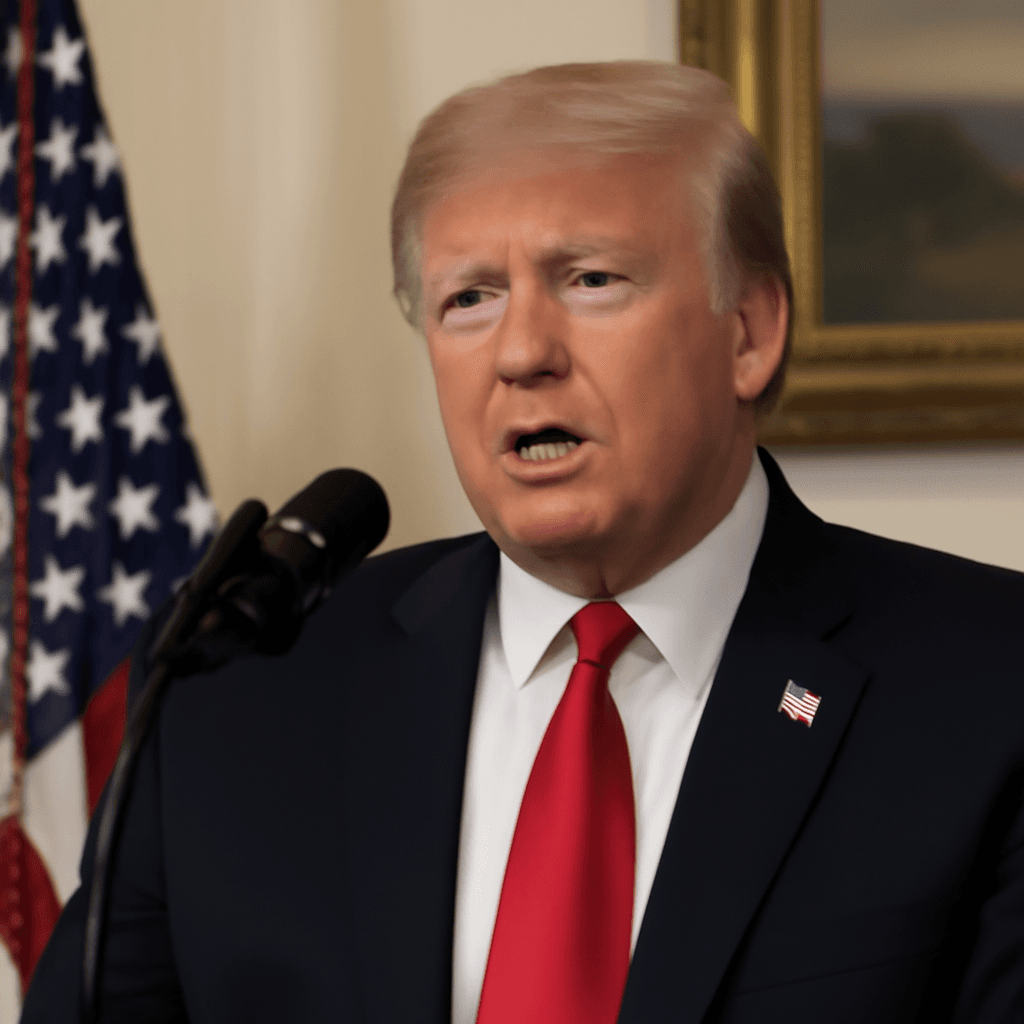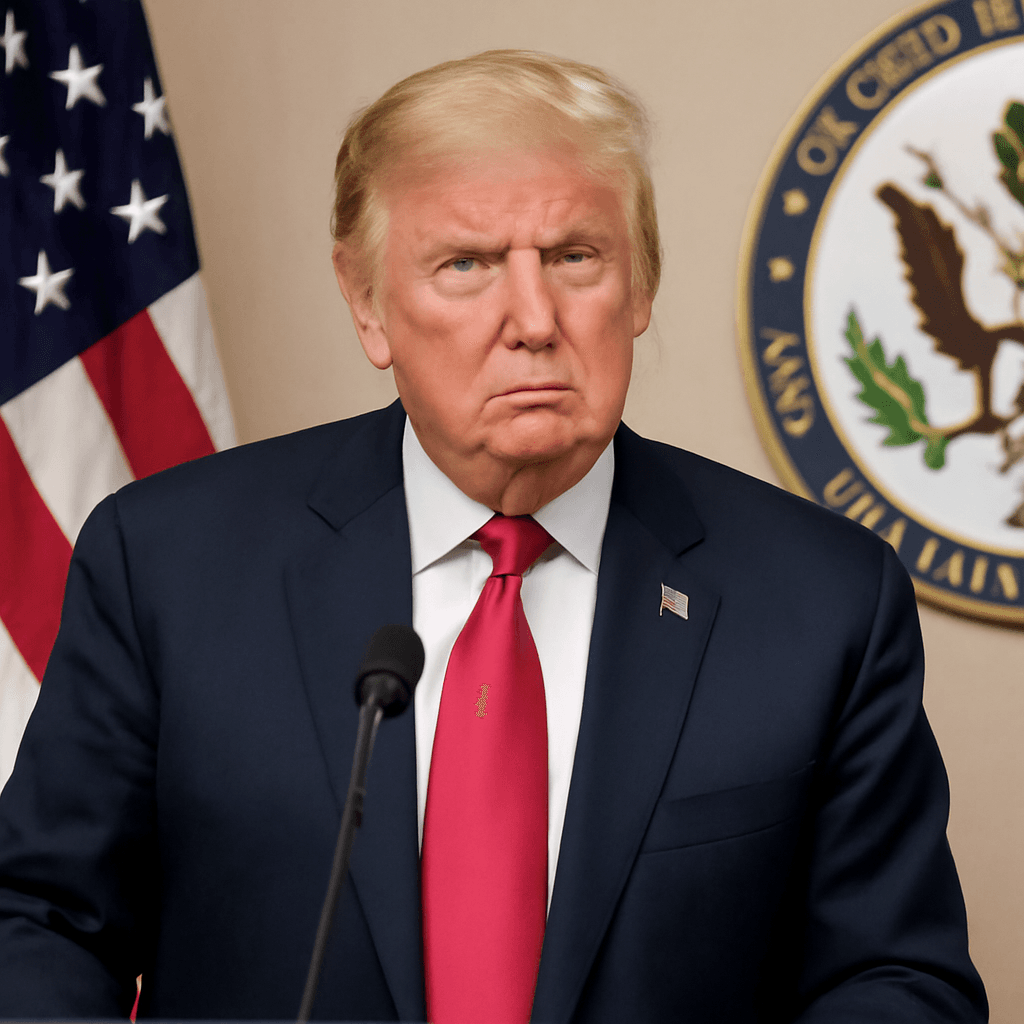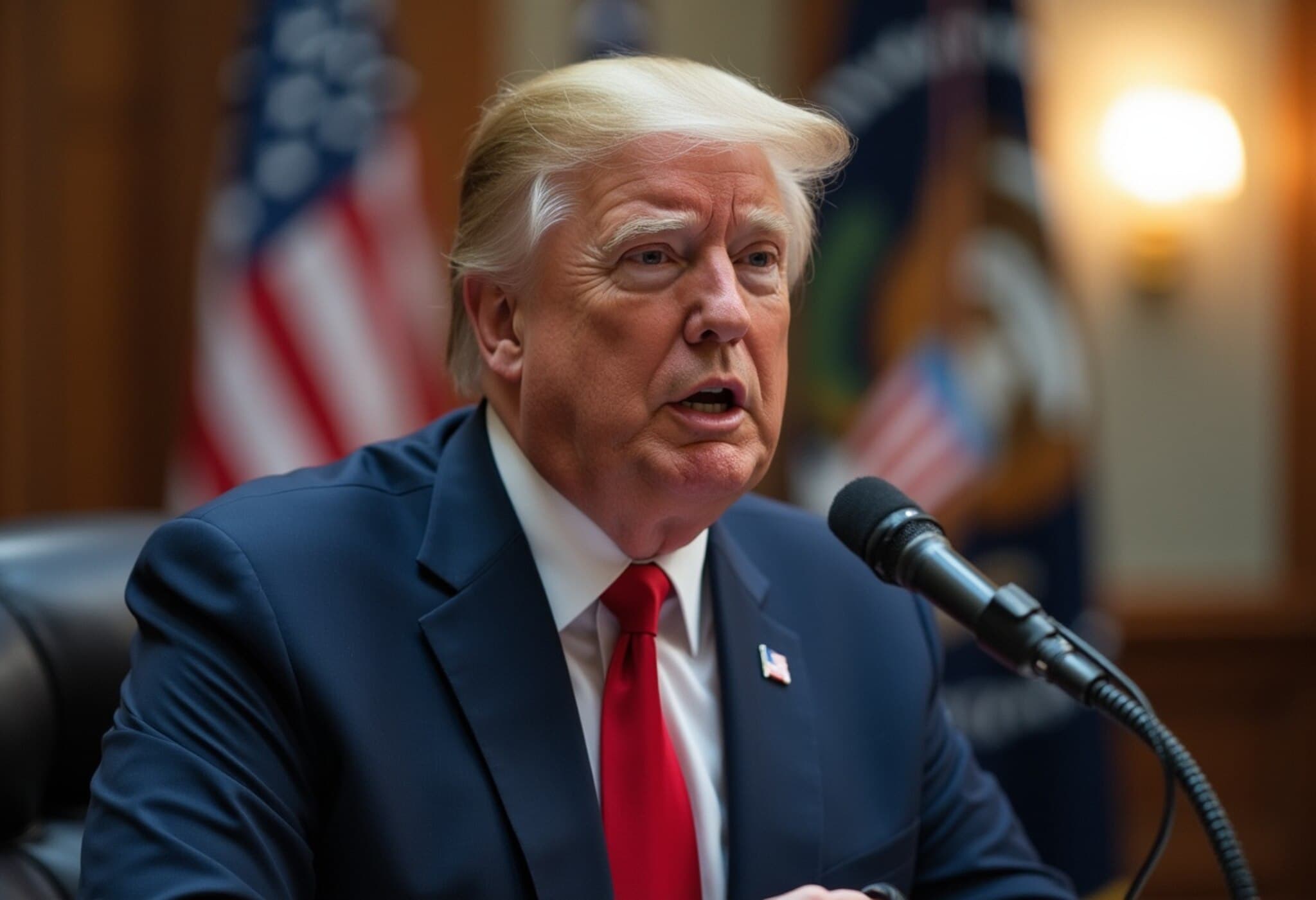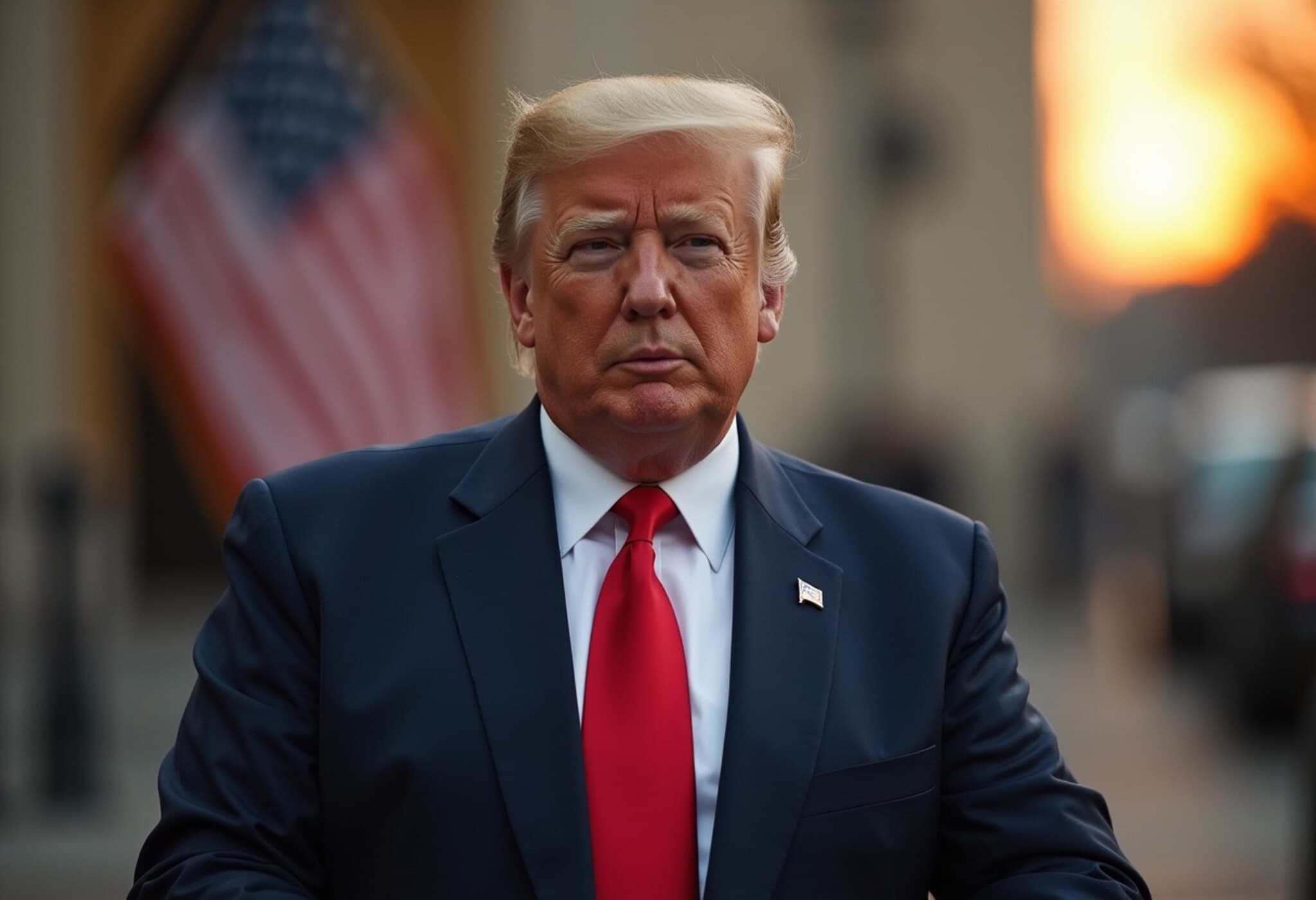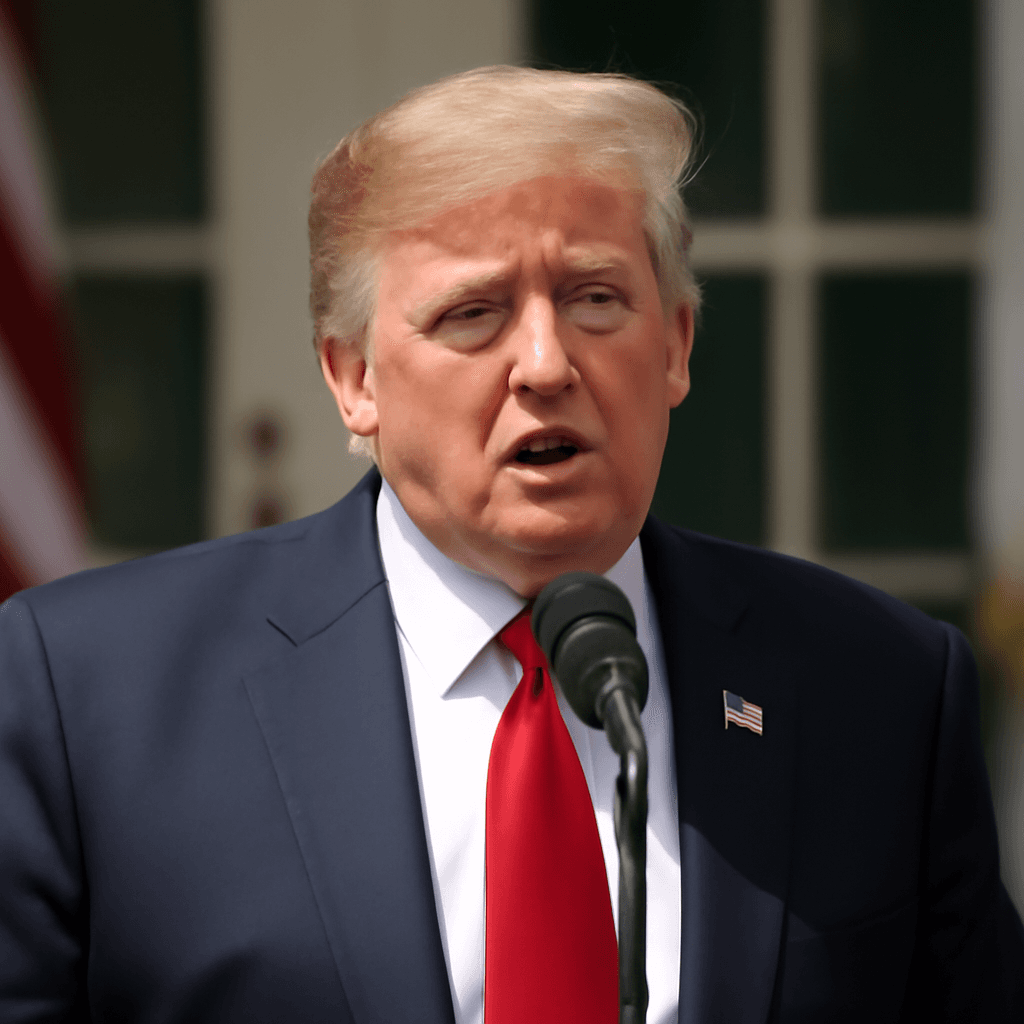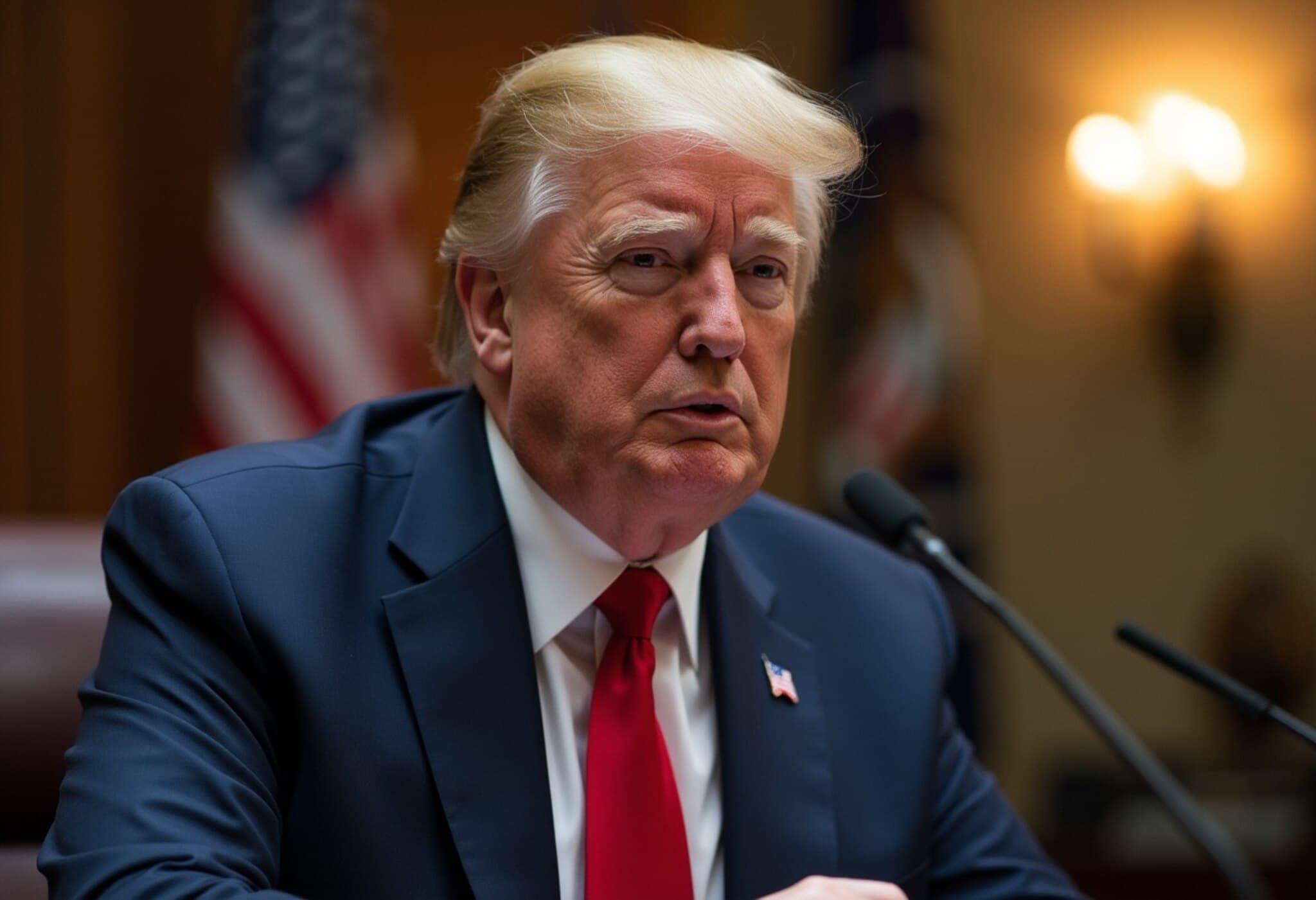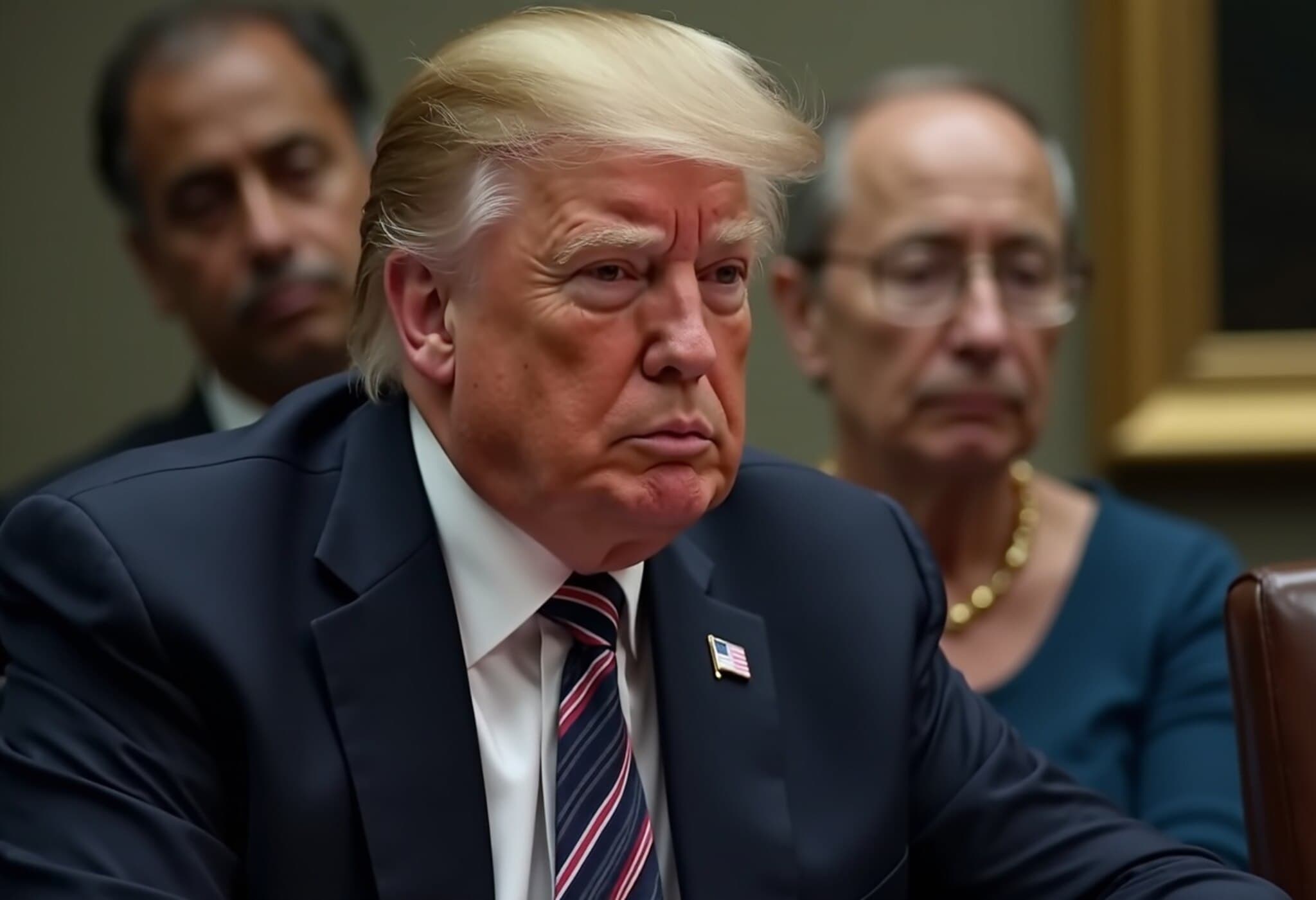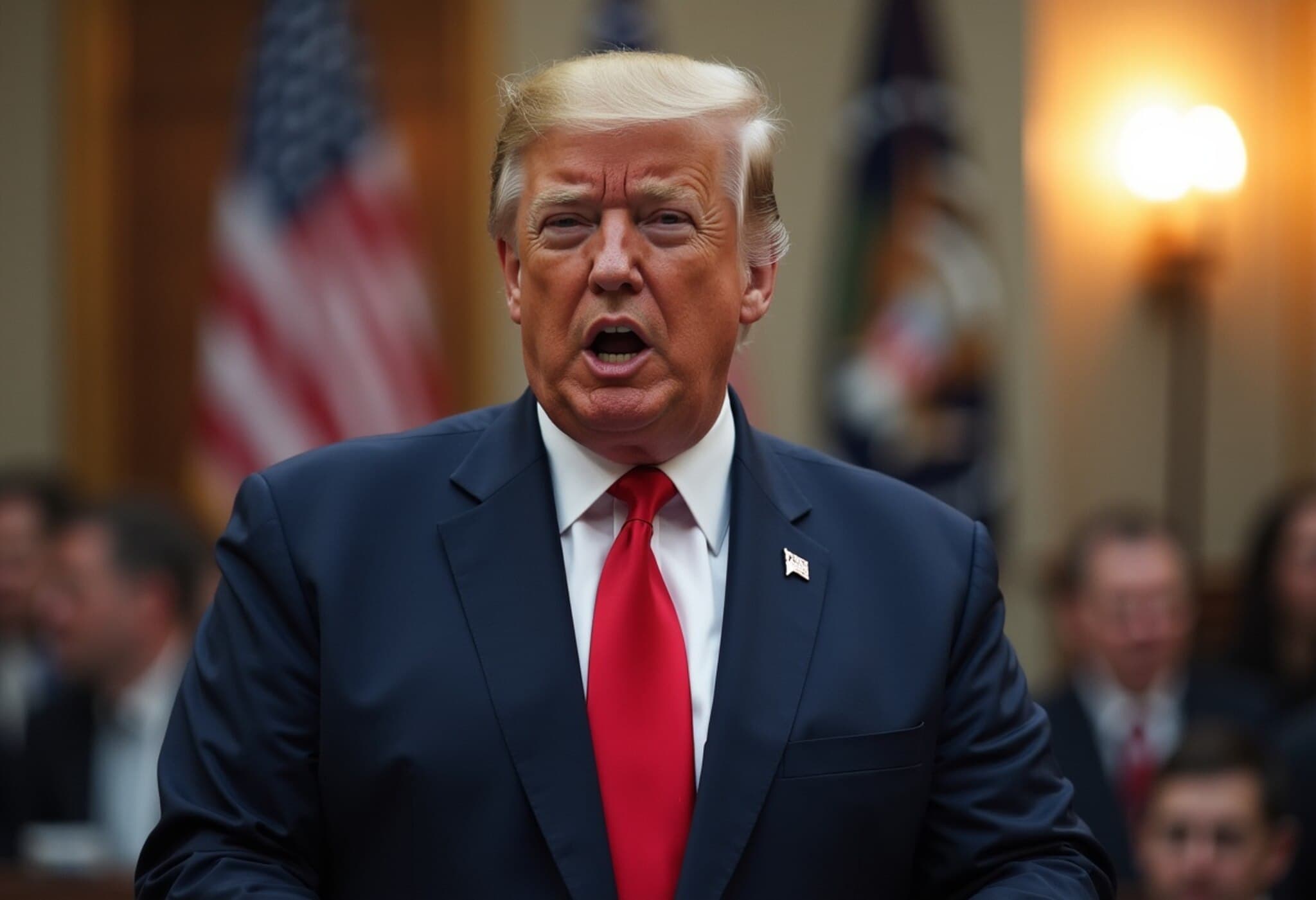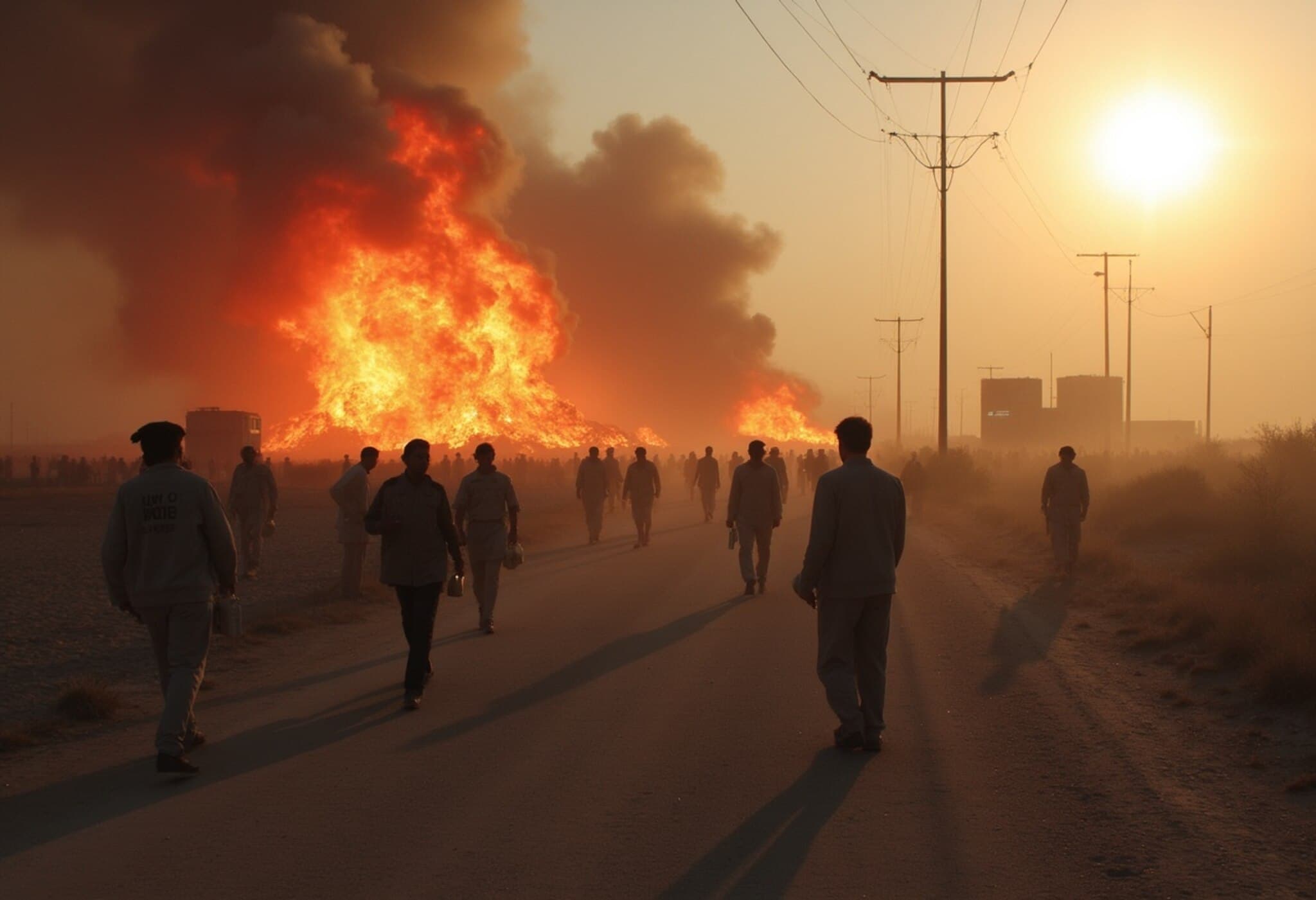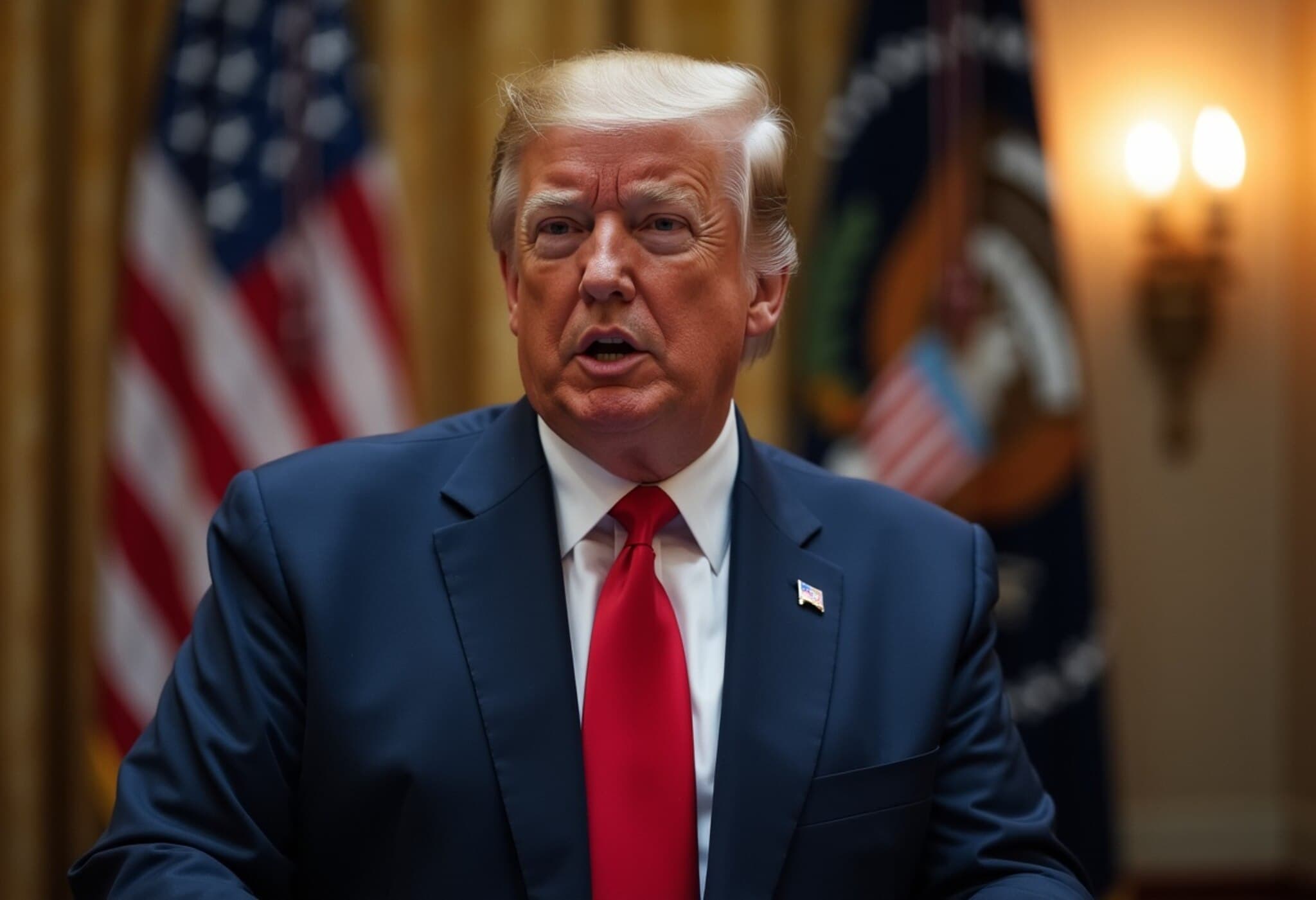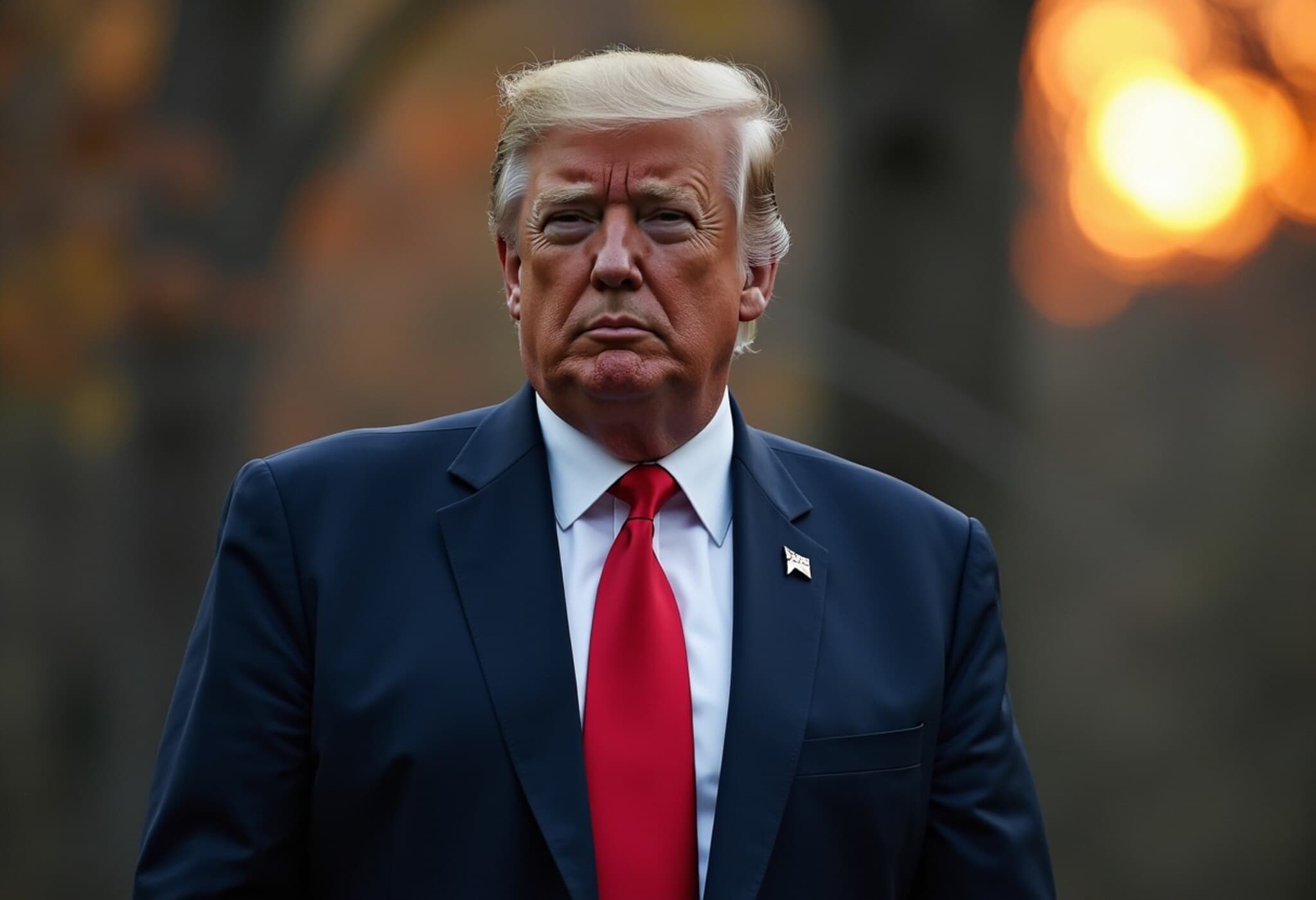Assessing Six Months of Trump’s Second Term: Reality vs. Promises
When Donald Trump embarked on his second presidency, he boldly declared his mission: to restore the United States as the world’s "hottest and most respected" nation. Fast forward six months, and the geopolitical landscape tells a much more complex story. Far from alleviating international tensions or ending ongoing conflicts, Trump’s tenure has been marked by heightened global instability, burgeoning trade wars, and strained alliances.
1. Unfulfilled Promise on Wars: Ukraine and Gaza Remain Battlegrounds
One of President Trump’s earliest and most ambitious pledges was to end the painful conflicts in Ukraine and the Middle East—conflicts that have gripped the international community for years. However, six months in, both wars remain unresolved. Despite attempts to foster diplomacy, including overtures toward Vladimir Putin and ceasefire proposals, Russia’s intransigence coupled with Trump’s equivocal stance has prolonged the strife in Ukraine.
Meanwhile, in the Middle East, the United States finds itself deeper in conflict rather than out. Trump's administration’s close alignment with Israel has coincided with an escalation of violence across Gaza, Lebanon, and Syria. Israeli strikes continue unabated despite ceasefire efforts, complicating peace efforts and challenging America’s role as an honest broker in the region.
2. A Troubling Shift in U.S. Global Alliances
The Trump administration’s foreign policy has rattled traditional alliances. From greenlighting trade tariffs targeting long-standing partners like South Korea, Japan, and European nations, to eyeing annexation of territories like Greenland and even parts of Canada, these aggressive tactics have disrupted decades of U.S. diplomacy. On the flip side, Trump has appeared to cozy up to adversaries such as Russia and Iran, unsettling both allies and global stability.
European countries, uneasy with Washington's unpredictability, are accelerating their self-reliance – crafting defense initiatives independent of U.S. influence, including new fighter jet collaborations and substituting American technology with domestic alternatives. This pivot signals a possible long-term recalibration of power dynamics.
3. Domestic Policy and Democratic Institutions Under Strain
Back home, the Trump administration has drawn significant criticism for undermining fundamental democratic norms. Despite campaigning as a champion of free speech, there have been increasing reports of crackdowns on dissent within federal agencies and reforms aiming to monitor social media expression, sometimes resulting in visa denials for perceived critics. This contradiction between rhetoric and practice raises alarming questions about the erosion of civil liberties.
Furthermore, Trump’s consolidation of power over key institutions such as the Department of Justice, FBI, and the Federal Reserve is unprecedented, sparking concerns over the independence and checks-and-balances that are cornerstones of American democracy.
4. Economic Realities: Stagflation and Trade Wars
On the economic front, Trump’s signature trade wars have not yielded the windfall revenues he predicted. Instead of the projected $6 trillion annually from tariffs, actual revenue stands at a mere fraction—about $47 billion—raising doubts about the strategy’s effectiveness. Additionally, easing export controls to China amid pressures highlights a pragmatic, if reluctant, retreat that contrasts with earlier protectionist stances.
Heightened tariffs combined with workforce reductions have stoked fears of stagflation—a dangerous mix of stagnating growth and rising inflation—that could hamper America’s economic vitality in the years ahead.
5. Political Polarization and Public Opinion
Public sentiment mirrors the turbulence. Approval ratings paint a divisive picture, with more than half of Americans disapproving of Trump’s leadership six months into his return. Even in key conservative strongholds, unease is growing over his handling of immigration—a cornerstone issue for his MAGA base. This widening disapproval indicates an administration struggling to maintain broad-based support amidst mounting controversies.
Expert Insight: What Lies Ahead?
From an American policy perspective, these developments point to a critical crossroads. Should the current trajectory persist, the United States risks alienating vital allies, empowering geopolitical competitors, and weakening democratic foundations at home. Restoring trust—both within and beyond U.S. borders—will require a recalibrated approach prioritizing diplomacy, institutional integrity, and economic pragmatism.
Conclusion
Six months into Donald Trump’s second term, the ambitious vision of a globally respected America remains elusive. Instead, we witness a nation grappling with contentious wars, fractious alliances, and internal discord. For policymakers, citizens, and global partners alike, the question remains: Can the United States reclaim its role as a stabilizing force on the world stage, or will this period mark a deeper fracturing of American influence?
Editor’s Note
This analysis highlights the critical challenges facing the U.S. under Trump’s renewed leadership. While early promises spoke of peace and prosperity, the unfolding realities raise urgent questions about America’s future role in an increasingly multipolar world. Readers should consider the broader implications of these shifts not only for international diplomacy but also for the health of democracy and economic resilience at home.

